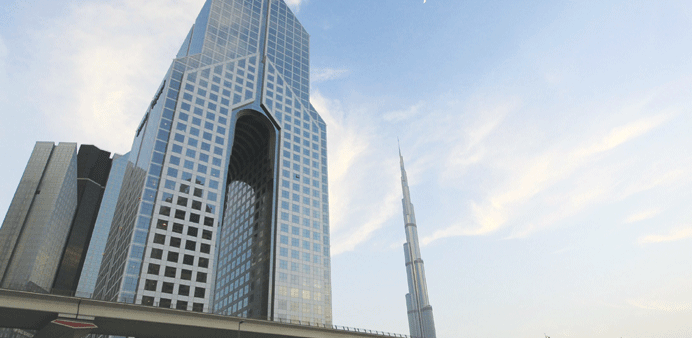By Santhosh V Perumal
Business Reporter
Qatar has said its project cost inflation, which is likely to harden due to major infrastructure upgrade, could further “aggravate” with Dubai winning the bid to host Expo 2020.
“The substantial demands placed on materials to support Qatar’s major infrastructure programmes are expected to generate inflation in construction costs that could affect overall costs of project delivery,” Ministry of Development Planning and Statistics (MDP&S) said in its Qatar Economic Outlook (QEO) 2013-14 update.
Although these rising construction and project costs are of some “concern”, the ministry said they are quite distinct from consumer price pressures and inflation.
But “project cost inflation could also be aggravated as activity in Dubai ramps up to deliver Expo 2020,” it said.
MDP&S had in August said the demand for primary building materials is expected to “peak”, especially during 2014-16, in view of Qatar’s expanding infrastructure investments.
The survey on ‘Future Demand of Primary Building Materials’ — undertaken by the MDP&S in collaboration with the Ministry of Business and Trade and the Qatar 2022 Supreme Committee and the Central Planning Office — was done to monitor the supply of and demand for primary materials related to the infrastructure projects and the FIFA World Cup 2022.
“The period 2014-16 showed a peak in the demand for primary building materials and it comprised more than half of the total demand of materials declared for the entire period covered (2012-22),” it had said.
Risks to the outlook include the possibility of significantly weaker oil prices reflecting weakening growth in emerging markets, and escalating domestic project costs that could cut into the fiscal surplus, QEO update said.
While an overall fiscal surplus again seems assured in 2013, it is poised to narrow in 2014, it cautioned, estimating that fiscal surplus to be 6.1% of nominal gross domestic product in 2013 and 3.8% in 2014.
The first two quarters of financial year 2013-14 show a fiscal surplus of QR25.2bn, according to preliminary data from the Ministry of Finance. This estimate is lower than that reported in September 2012 for first half 2012-13, mainly due to lower reported revenues (investment income transferred to government by Qatar Petroleum).
It is rather made on a cash basis, reflecting when spending is actually made and revenues received, and not when financial resources are committed or earnings accrue.
Balance-of-payments and fiscal surpluses are set to remain healthy, but with higher programmed spending, estimates of the fiscal balance could be more sensitive to variations in forecast oil prices, it said.
Total budget spending has been pegged at QR219.6bn (with QR145.8bn current spend and QR73.8bn capital spend) in 2013 and QR245.1bn (QR156.9bn and QR88.2bn) in 2014.
Qatar’s budget for the current fiscal year (April 1, 2013 — March 31, 2014) earmarks record expenditure, 17.9% above the budget for the previous fiscal year, it said, adding large increases are programmed for both current (16.5%) and capital expenditure (20%).
Total government expenditure is projected to rise by 10.8% in 2013 against the latest preliminary outcomes for the calendar year 2012, and by 11.6% in calendar 2014, reaching 30.7% of GDP.
Yet, fiscal surpluses are expected to remain firm at 6.1% of GDP in 2013 and 3.8% in 2014.
On balance, total government spending in FY2013/14 is set to be higher than budgeted, given the fiscal year’s first-half expenditure out-turn, and a pattern in which current expenditure tends to rise in the second half, it said.
The damage to fiscal balances that would be caused by much lower oil prices is, in future, likely to be amplified by elevated spending commitments, which will narrow Qatar’s fiscal buffers, it said.

